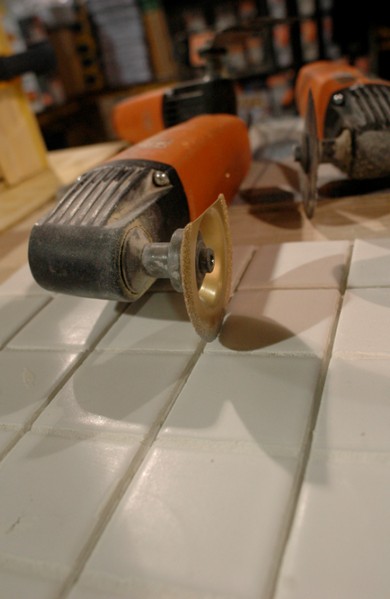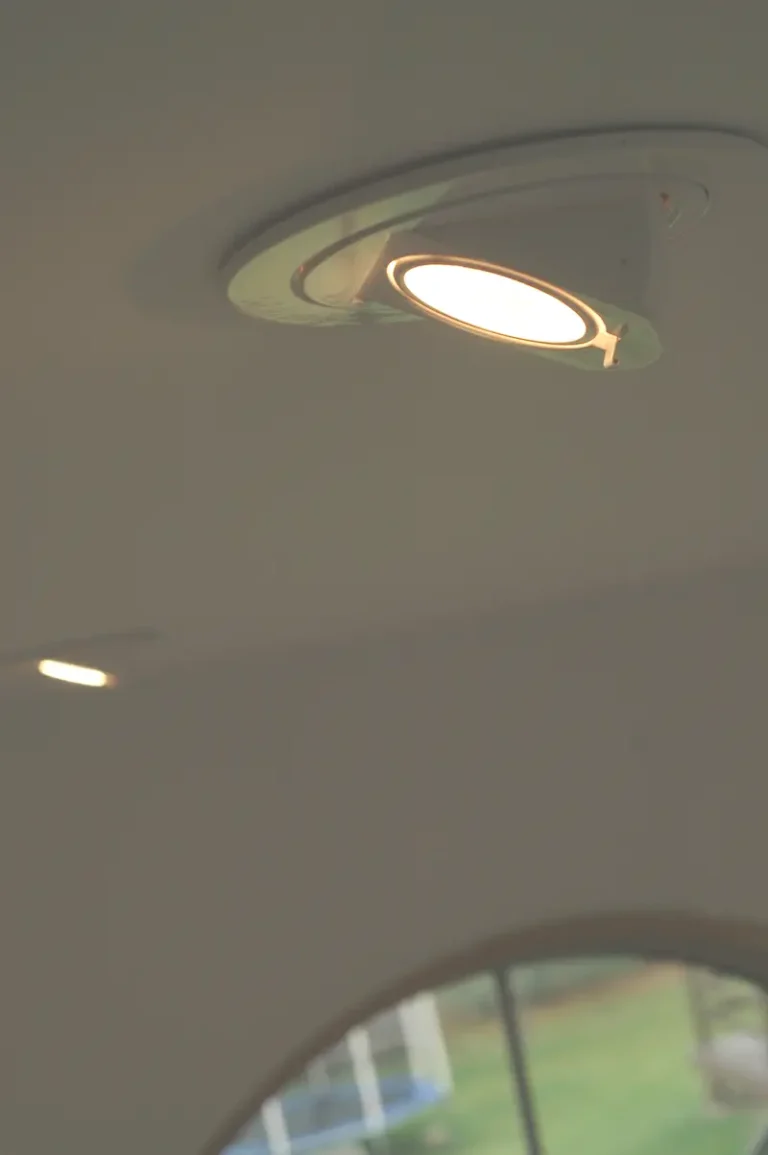Q: Is it safe to use click-together engineered hardwood flooring over a radiant infloor heating system? I’ve heard warnings against this application, but would like to have a heated wood floor in my home, if possible.
- Reading time: 3 1/2 minutes

A: The short answer to your question is “it depends”. The issue comes down to the possibility that warm floor temperatures during the heating season could cause unacceptable shrinking of the hardwood, or some other kind of damage. And though you should check with manufacturers specifically about warranty issues when installed over infloor heating, you’ll probably have no trouble but you don’t want surprises.
The best engineered hardwood flooring is made with a thin layer of high-quality hardwood, bonded on top of a laminated plywood substrate made of less valuable species. That’s what you see above. This laminated construction makes engineered flooring quite stable and much less prone to seasonal expansion and contraction than solid wood, especially over a heated floor.
Even solid hardwood floors typically perform surprisingly well over infloor heating installations, at least in terms of longevity. In tests I’ve conducted using shrink-prone white pine flooring, shrinkage rates were acceptable even when repeatedly heated to the 90ºF levels typically found in heated floors running full blast during winter. Click flooring is even better than traditional, nail-anchored wood flooring when applied over infloor heating. That’s because any expansion and contraction of the flooring happens at the edges of the room only, where it won’t be seen underneath baseboard and quarter round. All this said, there is a drawback that’s difficult to anticipate and that you need to think about.
Wood is a pretty good insulator, and this means that engineered flooring that’s 1/2″ or 3/4″ thick will reduce heat transmission from the infloor system to the room to a certain extent, especially over a wood subfloor. How much of a reduction?
When I built my house, I did not install infloor heating, but 25 years later I decided to add it to the underside of the first floor. This area was accessible from the unfinished basement, so I could install PEX pipes and aluminum heat transfer plates to the underside of the subfloor. Pipe spacing is 6″ apart, with a 5/8″-thick plywood subfloor and 3/4″-thick pine flooring on top. That’s part of the installation I created below. You can see the manifold and ceiling pipes above that. This is in my basement and it’s all part of the system I designed and installed to connect to an outdoor wood boiler for heat.

When all I had installed was this radiant infloor piping, and none of the cast iron radiators I also installed as part of the installation, the system could keep my house warm down to about the freezing point outdoors. Any colder than this and floor heat alone could not keep up. My plan was always to combine infloor heating with cast iron radiators, and this combination can keep the house warm in any outdoor temperature. The only reason I mention this is because it’s one thing to have some kind of flooring over radiant infloor heating, but heating a home adequately is another matter. I do know houses in Canada that are adequately heated during winter with nothing more than infloor heating under hardwood floor, but my experience makes me nervous to rely only on warmth coming up through nearly 1 1/2″ of wood.
Here’s something else to keep in mind . . . vinyl flooring looks like engineered hardwood or laminates, but vinyl is not always rated for use under infloor heating. Just to be safe, no matter what type you plan to install, check with the manufacture about warranty. Don’t assume anything.












